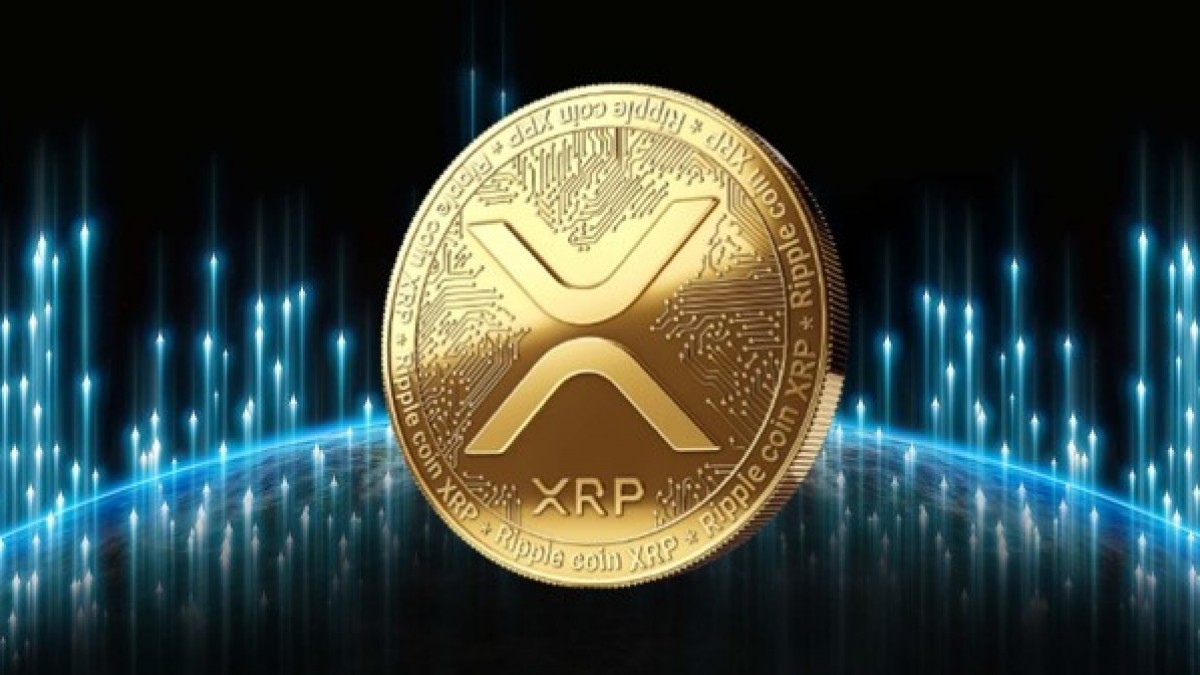On July 13, 2023, the U.S. District Court for the Southern District of New York issued an important decision on a closely watched securities case surrounding crypto token classification. The primary question for the Court in SEC v. Ripple Labs, Inc. et al1 was whether Ripple Labs’ (“Ripple”) XRP token is considered a security under the Securities Act of 1933. The Court addressed the parties’ cross-motions for summary judgment, granting and denying each in part. In what has been perceived by the crypto industry as a generally positive decision, the Court opined that while Ripple’s XRP token constituted a security when sold by Ripple to institutional investors, the XRP token was not a security when sold in “blind bid/ask” transactions on a digital exchange or trading algorithm to the general public.
The Court analyzed Ripple’s sales of its XRP token under the Howey test. Under Howey, a transaction is considered to be a security if it is: (1) an investment of money, (2) in a common enterprise (3) with the expectation of profit to be derived from the efforts of others. The analysis of the Court largely centered on the third prong of Howey.
Sales to Institutional Investors
The Court first evaluated Ripple’s sales to institutional investors (i.e., sales to sophisticated individuals and entities) pursuant to written contracts under each element set forth under Howey.
The first element of Howey was easily satisfied because the institutional investors “provided the capital” to purchase the XRP tokens. Howey’s second element – the existence of a common enterprise – was satisfied through a showing of “horizontal commonality.” Horizontal commonality exists where there is a pooling of assets from multiple investors that share in the profits and risks of a common enterprise. Here, Ripple pooled the proceeds of its sales into the bank accounts of various subsidiaries without segregating and separately managing investor funds. Additionally, institutional investors’ ability to profit was tied to the success of Ripple and all investors received the same fungible token.
In its analysis of the third prong of Howey, the Court found that reasonable investors situated in the position of the institutional investors would have purchased XRP expecting profits to be derived from Ripple’s efforts. The Court focused its inquiry on the “economic reality” surrounding Ripple’s sales to institutional investors. The Court highlighted Ripple’s marketing of XRP as an investment tied to the company’s success in promotional brochures, several XRP market reports containing statements linking XRP’s price and trading volume to Ripple’s efforts, as well as various statements from Ripple and its leadership echoing similar sentiments. The Court also noted the existence of contracts that expressly stated that institutional investors purchased XRP “solely to resell or otherwise distribute.” Taken as a whole, this was sufficient to support the conclusion that institutional investors “understood the sale of XRP to be an investment in Ripple’s efforts.”
Having found that all prongs of the Howey test were satisfied by Ripple’s sales to institutional investors, the Court concluded that these transactions constituted the unregistered offer and sale of investment contracts in violation of securities laws.
Sales to Public Buyers
The Court analyzed Ripple’s sales in the secondary market to the general public separately. The SEC alleged that Ripple understood that the general public speculated on XRP as an investment, targeted speculators, and sought to increase the volume of speculative trading.
The Court’s analysis centered on the third Howey prong. The Court found that while institutional investors reasonably expected that Ripple would use the capital received from its sales to such investors to improve market conditions and increase the price of the token, secondary market buyers could not reasonably expect the same. The Court distinguished the two types of buyers because, while institutional investors knowingly purchased XRP from Ripple, secondary market buyers did not know the identity of the XRP sellers. Consequently, the Court found that while secondary market buyers may have expected to turn a profit, they did not derive that expectation from Ripple’s efforts. Instead, such buyers may have been driven by other expectations, such as general cryptocurrency market trends. The Court also considered other differences between institutional investors and secondary market buyers, such as the absence of purchase contracts similar to those used by institutional investors, that promotional brochures were not distributed to the general public, and that the general public is generally less sophisticated as an investor.
Finding that the secondary market sales failed the third prong of Howey, the Court did not consider whether Howey’s first or second prongs were satisfied. In consideration of the above, the Court found that Ripple’s secondary market sales did not constitute the offer and sale of investment contracts.
Conclusion
In short, the Court’s cross-motions for summary judgment decision clarified that sales of tokens that involve institutional or sophisticated investors purchasing tokens directly from an issuer constitutes an offer and sale of investment contracts. However, secondary sales to the general public where the secondary market buyers are unaware of the identity of the seller are not investment contracts. While the decision in this case has been well received by the crypto industry, it remains subject to appeal by the SEC. In addition, the Court’s decision is just one decision by one federal court, so its ruling is not binding on any other court. Finally, Ripple’s XRP offerings were somewhat unique, so the rulings may be distinguishable from other token offerings.
Footnotes:
Credit: Source link















































